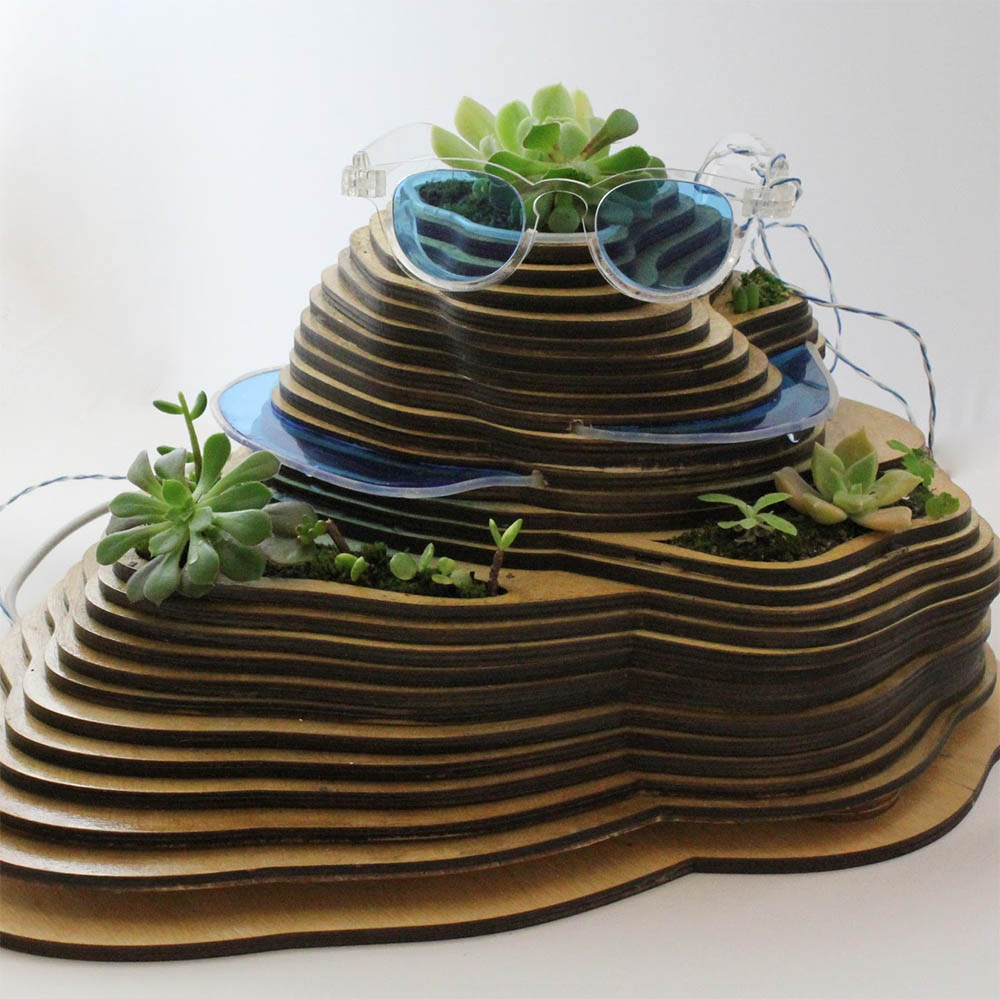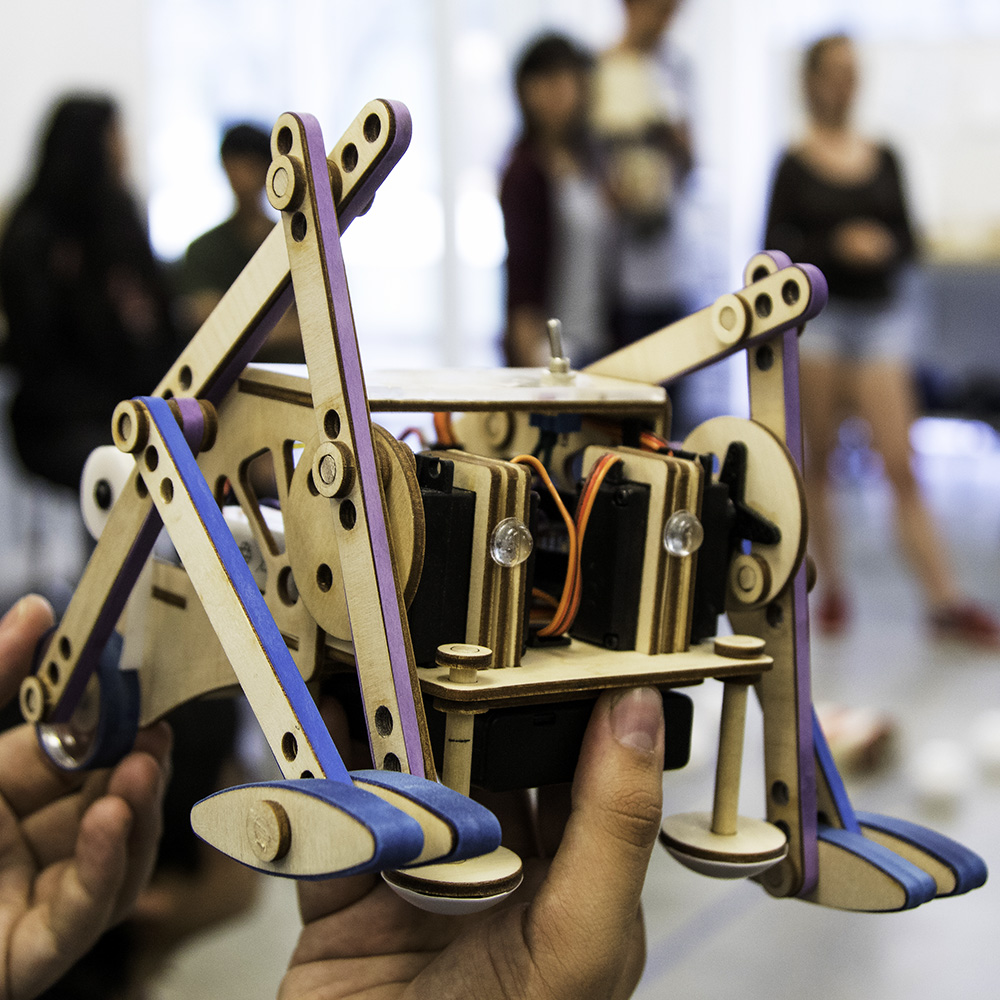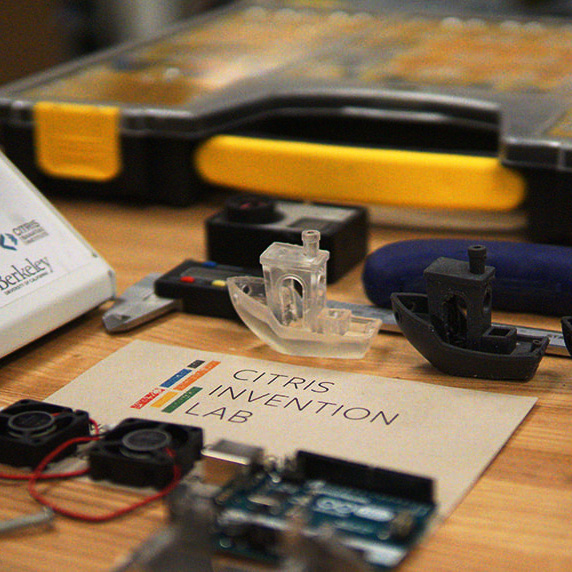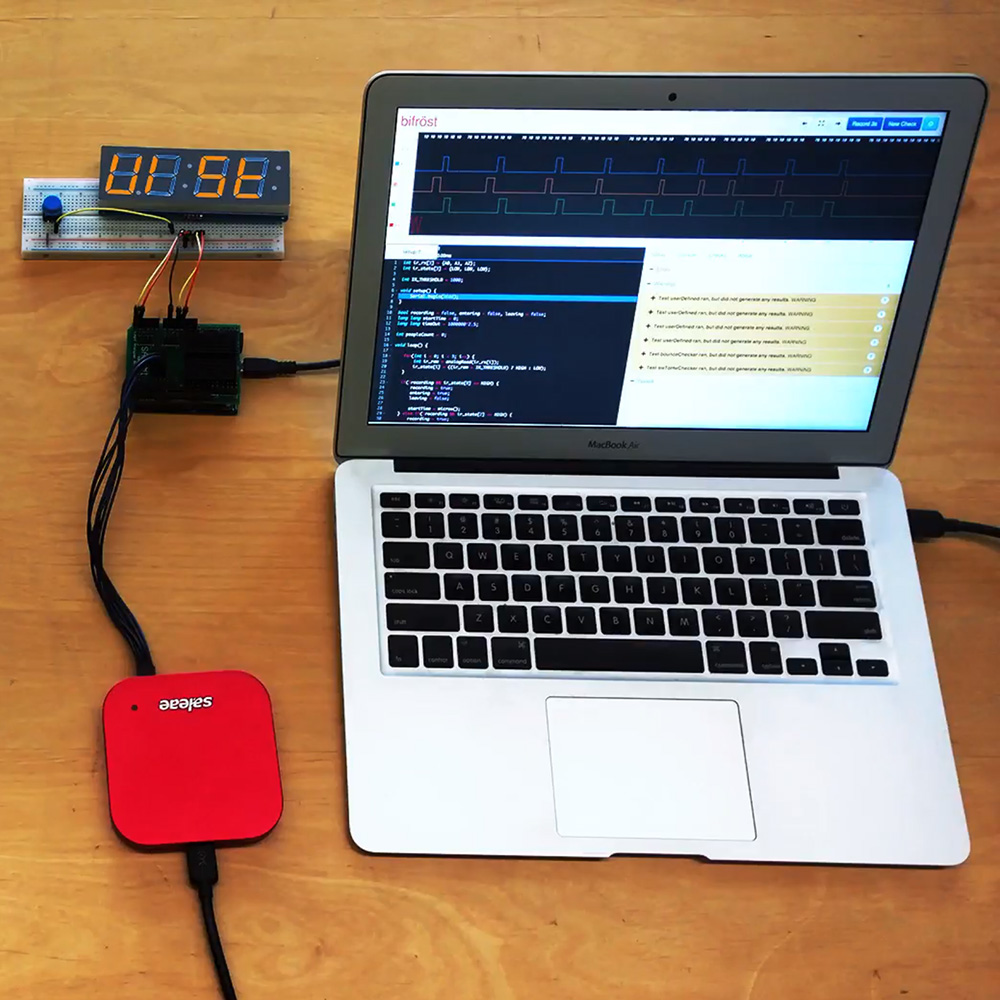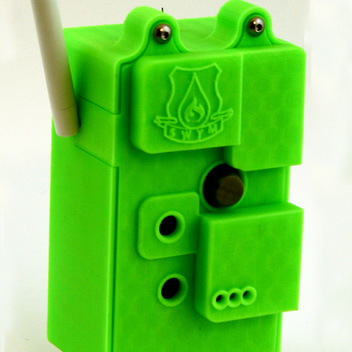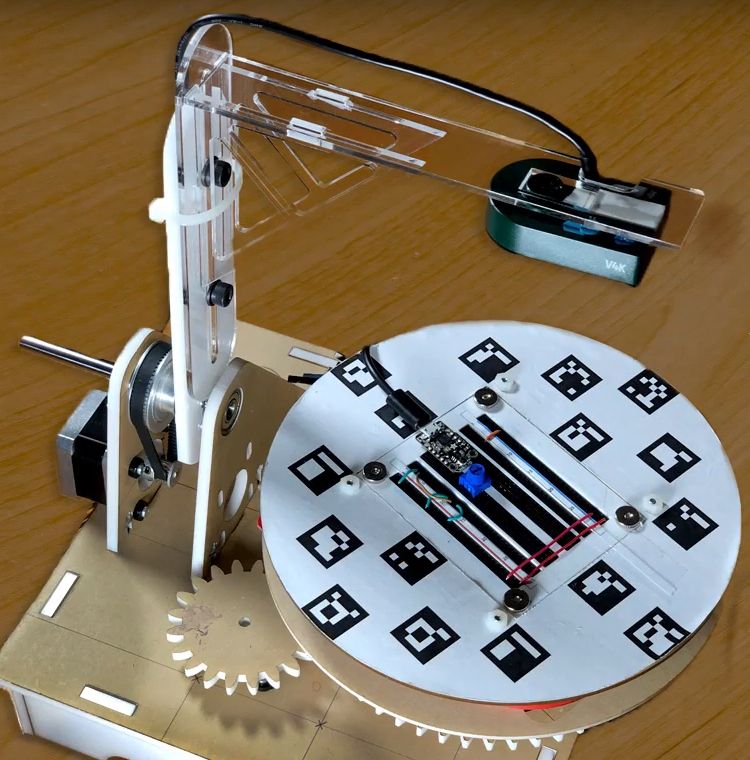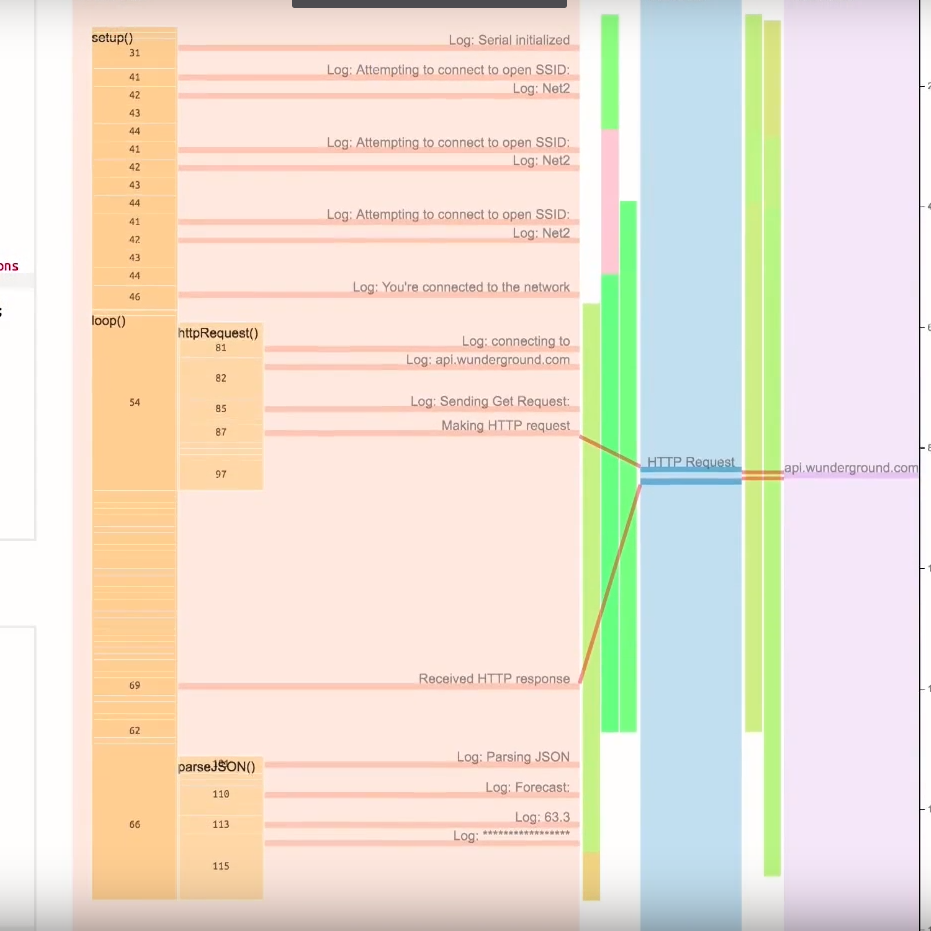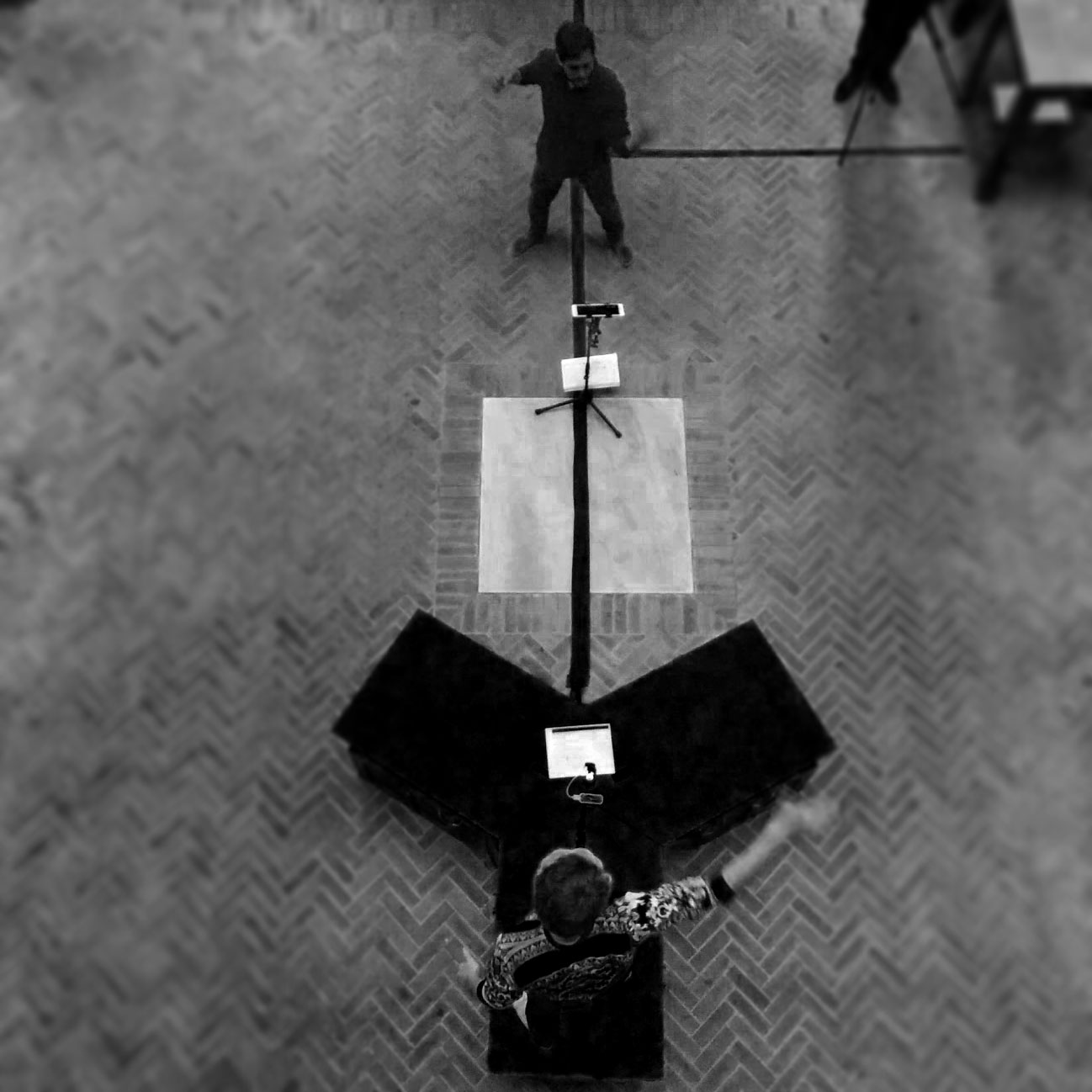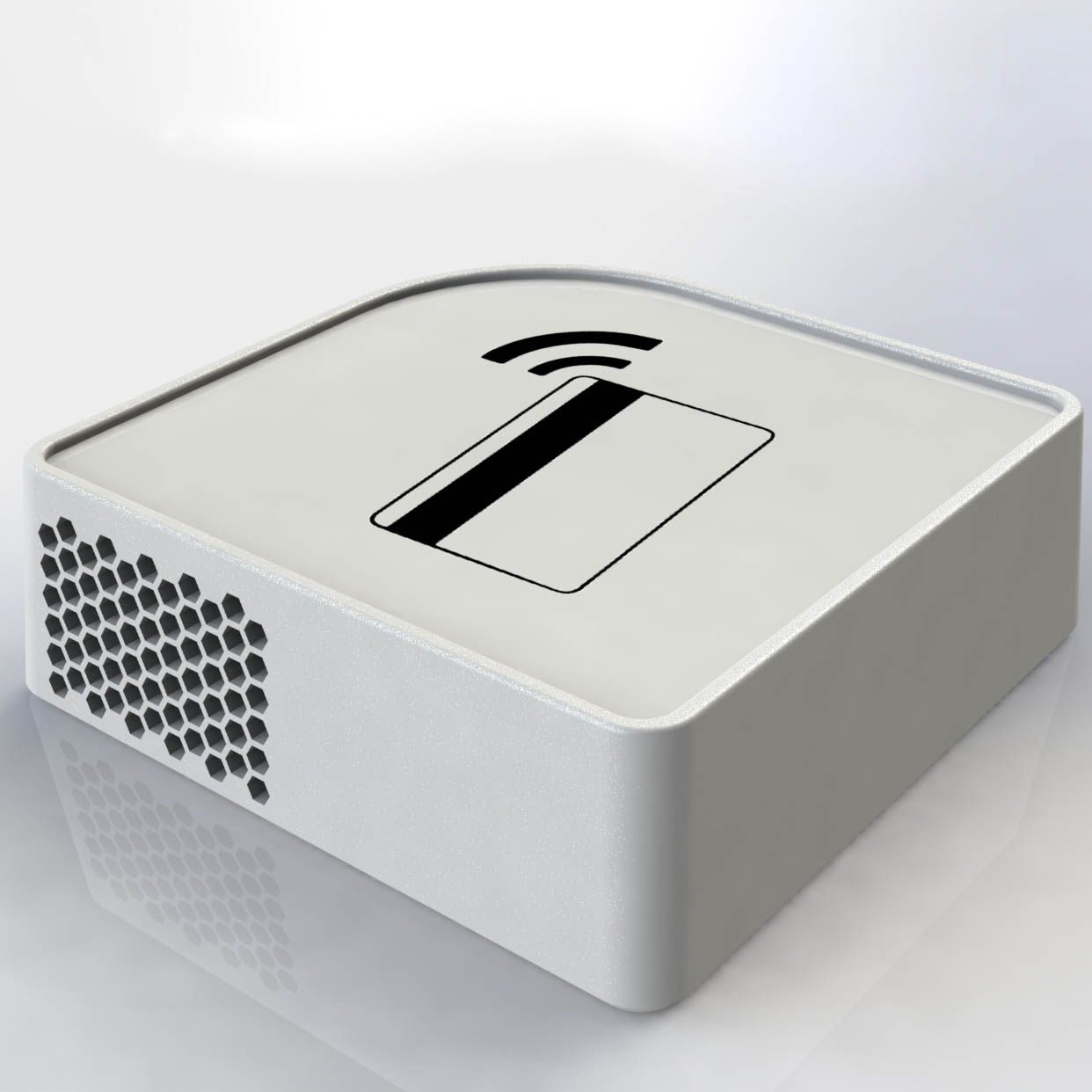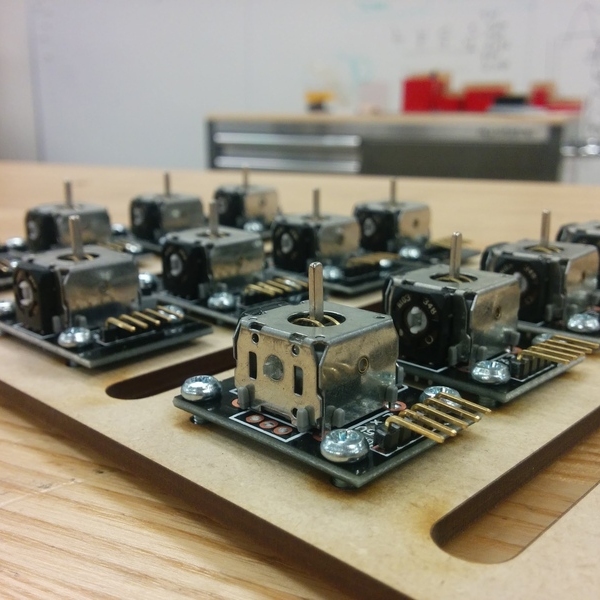Dalmatian
In the Fall of 2016, I enrolled in the class “Interactive Device Design” with Björn Hartmann and took on the project of creating better response technology for emergency personnel. We interviewed with firefighters all around the San Francisco Bay Area, and we found that the hardest part of their job was communication.
We understood that only about 20% of radio communications are fully understood between both parties: the incident commander who handles the situation from a van outside the scene, and the firefighter on the scene.
Verbal communication in an area where air currents get highly modulated due to fire creates an almost impossible situation for microphones to pick up verbal calls. We found that most of the work that the firefighter does, they are trained for: there is no real question of what they are supposed to do when they arrive on the scene. The main issue is personnel management and safety from an incident commanders perspective.
To answer all the problems/goals, we wanted to create a device which would not directly interfere with the firefighters active duties, but at the same time, provided critical information to the the incident commander.

Utilizing a multitude of sensors, we are able to give a personal biometric bubble for each firefighter on the scene. Our device collected ambient temperature, gps position, acceleration/movement, accurate oxygen tank level, compass direction, HD Video, as well as Thermal Video. All of this information gets transmitted to a central computer stationed in the back of the incident commanders van (they already use a van which has a variety of documents and radios) where they would use a touch screen user interface to actively see the positions as well as critical information for each responder. The system was designed with smart alerts (oxygen running low, ambient temperature too high, etc) as well as an easy information explorer.

The device was built from the ground up with around the Raspberry pi A+ and tying all the sensors in between with custom firmware, custom hardware, and custom software.
At the end of the class, we won the best project award among the other class projects. We received a lot of interest from fire departments and hardware incubators so another project partner and I took the project as an opportunity to explore the idea as a startup concept. We spent the next 9 months together turning the project into a company. We ended up working with Berkeley, San Mateo, Richmond, and Oakland Fire Departments to tailor to their needs and we received a lot of interest in making the product a reality. We won a design competition for $20,000 in funding, as well as other prizes.
You can read more about it here in this press release
Due to personal matters, my partner and I decided to put the company on hold.



